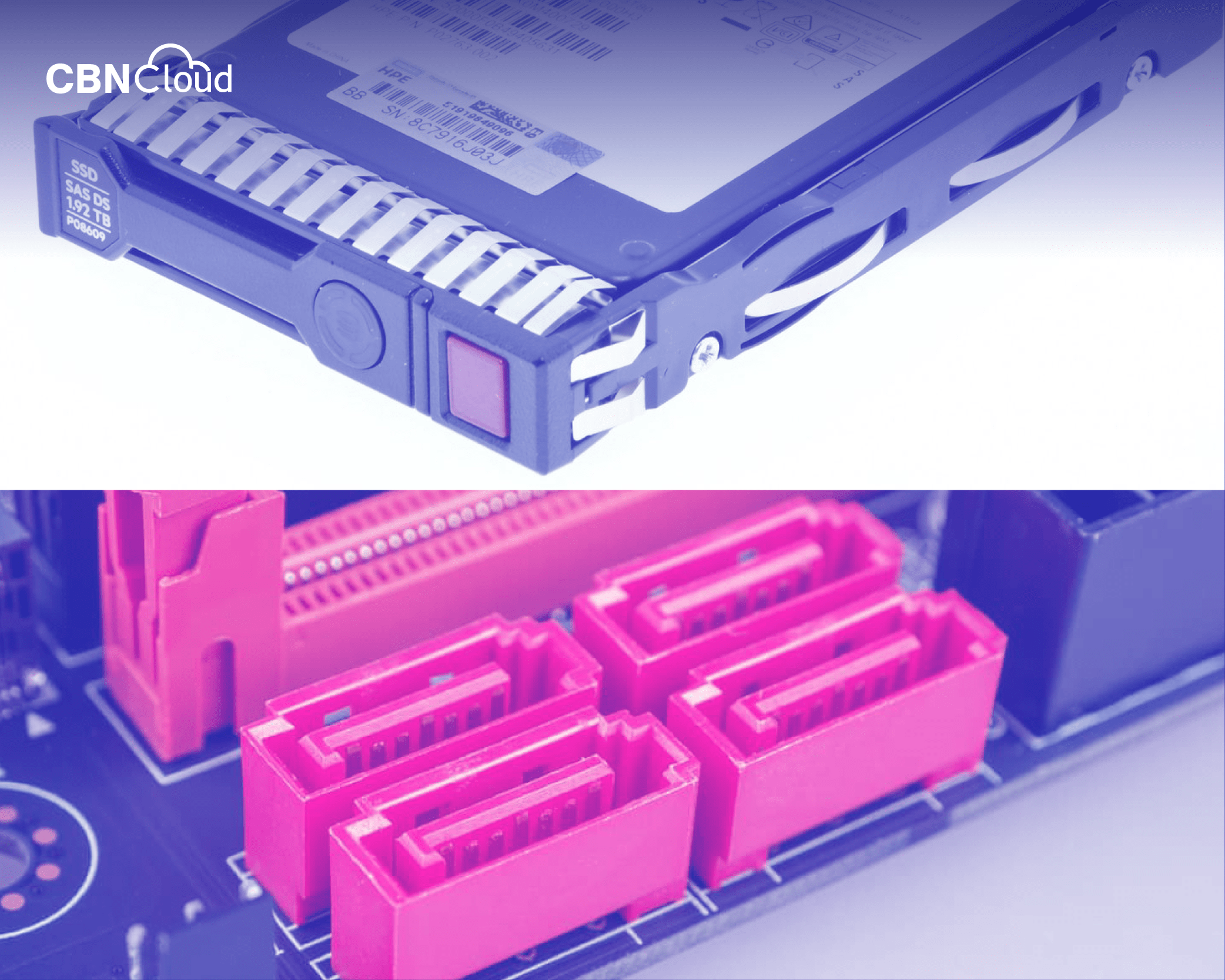
SAS vs SATA Storage: Delving into Storage Interface Technology
SAS (Serial Attached SCSI) vs SATA storage (Serial ATA) are two of the most commonly used technologies. Both types of storage have their own advantages and features that make them suitable for specific needs. In this article, we will discuss what SAS and SATA storage are, the main advantages of each, the features offered, and their compatibility.
What is SAS vs SATA Storage?
SAS Storage is a storage technology designed for high performance and reliability. SAS uses a serial connection that allows for faster data transmission and can connect more storage devices compared to SATA. SAS is typically used in server environments and applications that require high speed, such as databases and virtualization.
SATA Storage, on the other hand, is a storage technology more commonly used for personal computers and consumer applications. SATA offers large storage capacity at a lower cost but with slower data transfer speeds compared to SAS. SATA is widely used in hard disk drives (HDD) and solid-state drives (SSD) for everyday data storage.
Main Advantages of SAS vs SATA Storage
Advantages of SAS Storage:
- High Speed: SAS offers higher data transfer speeds, with speeds of up to 12 Gbps, allowing for faster and more responsive data access.
- Reliability: With the ability to support more drives and features such as dual-porting, SAS ensures better data availability and fault tolerance.
- Scalability: SAS is designed to meet growing storage needs, allowing users to add more storage devices without sacrificing performance.
Advantages of SATA Storage:
- Low Cost: SATA storage is generally more affordable than SAS, making it an ideal choice for large data storage on a budget.
- Large Capacity: SATA supports larger storage capacities, enabling users to store more data on a single device.
Suitable for Consumer Applications: SATA storage is a good choice for everyday applications such as file, photo, and video storage, as it offers adequate performance for general use.

Feature Differences Between SAS and SATA Storage
SAS Storage Features:
- Dual-Porting: SAS has dual-porting capabilities that allow for dual connections to devices, enhancing reliability and availability.
- RAID Features: SAS supports RAID (Redundant Array of Independent Disks) configurations, providing better data protection.
- High Performance in Server Environments: Designed to perform well in server environments with high workloads.
SATA Storage Features:
- Plug-and-Play: SATA supports plug-and-play, making it easy to install and replace drives without shutting down the system.
- Wide Compatibility: SATA is compatible with nearly all modern motherboards and storage devices.
Energy Efficiency: SATA storage is usually more energy-efficient compared to SAS, making it a good choice for broader use.

Compatibility of SAS vs SATA Storage
SAS and SATA storage have different levels of compatibility. SAS can work with SATA drives within systems designed for SAS, but SATA cannot be used in SAS slots. This means that if you have SAS infrastructure, you can add SATA drives to increase storage capacity. However, if you only have a SATA system, you cannot add SAS drives.
Conclusion
When choosing between SAS and SATA storage, it is important to consider your specific needs. If you require high speed, reliability, and scalability for server applications and business environments, SAS is the better choice. However, if you are looking for a more affordable storage solution for everyday use, SATA storage is the right option.
By understanding the advantages and features of each storage technology, you can make a better decision when selecting the storage solution that meets your needs.
For more information about these two great storage technologies, you can contact us SINI